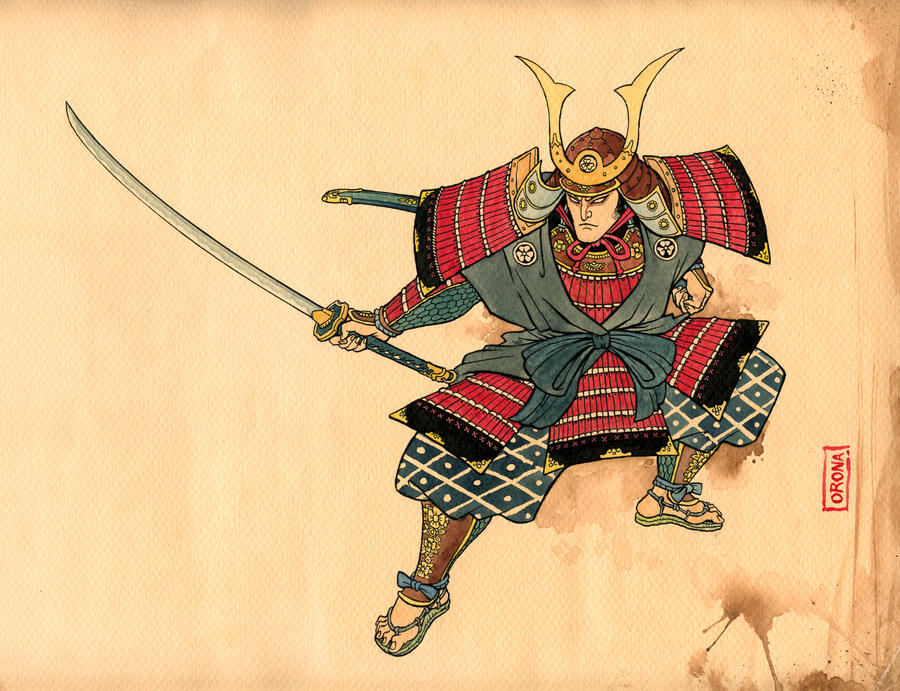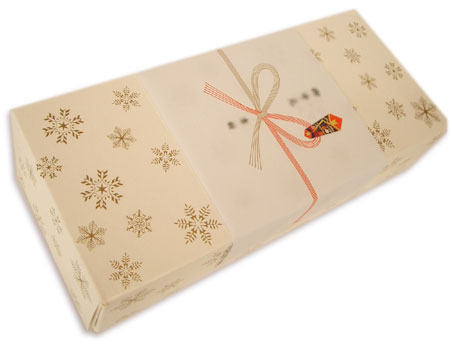The hikikomori is considered a uniquely Japanese phenomenon. The hikikomori is typically a male (80% are male), teenaged to 30 years old, who has quit school, has no technical skills, and is unemployed, living in his room in his parents' house, never coming out, taking meals left at his door by his parents, passing the day reading, websurfing, viewing television, idling.
Hikikomori are not strictly hermits (who have a strong psychological or intellectual motive for solitude) and are more properly recluses. But the youth of the hikikomori, their radical withdrawal, and their dependence on the tolerance of parents -- especially the mother -- is considered unique to Japan. A related term or acronymn speciifically referring to the hikkikomori's social status (but including non-hikikomori as well) is NEET, meaining young people "Not in Education, Employment, or Training."
Michael Zielenziger notes in his book Shutting Out the Sun that [Hikikomori] cannot be diagnosed as schizophrenics or mental defectives. They are not depressives or psychotics; nor are they classic agoraphobics, who fear public places but welcome friends in their own homes.
Richard Lloyd Parry adds that neither is it the same as what in Japan is called "school refusal", although inevitably sufferers from hikikomori abandon their educations. Some are teenagers, but most are in their twenties or older.
The Japanese Ministry of Health, Labor and Welfare, which long ignored the problem, in 2003 defined hikikomori as avoiding social participation, including avoiding school attendance, compulsory education, entering the workforce -- including part-time jobs -- and associating with somebody outside the home; generally remaining at home for six months or more.
The Ministry also maintains that although as a general rule we define hikikomori as nonpsychotic phenomenon ... it is not uncommon that hikikomori includes schizophrenia before a definite diagnosis is made.
But according to the American Psychiatric Association's standard Diagnostic and Statistical Manual of Mental Disorders (DSM4), there is no known psychiatric ailment from which hikikomori suffer. Other observers have argued for symptoms of Asperger's and for what the DSM4 calls "social avoidance disorder," but there is no clear evidence. Zielenziger also suggests post-traumatic stress disorder (PTSD), which further identifies the key element within Japanese opinion, that hikikomori are suffering not a psychiatric but a social disorder.
Modern Japanese Society
To argue that social conditions are a chief source of a psychological conditions in specifically traumatized individuals is not favored by modern medicine or science. (A valiant exception is the physician Gabor Mate, M.D.). Yet this thesis is familiar to sociologists. Examining recent Japanese societal change provides a context for understanding the hikikikomori experience as a result of a long historical process.
Japan was always an insular nation until in 1853 United States gunboats under Admiral William Perry "opened" the country to Western domination. Japan was forced into economic dependence and regime change. With establishment of the Meiji government in 1868, Japan set out to centralize the imperial government and build a strong military in response to Western humiliations it had suffered, a fate paralleling recent European control of China.
Religious, cultural, and technological change overthrew Japan's semi-feudal ethics and culture. Militarism and rapid social and economic displacement grew, culminating in imperial wars (against Russia, Korea and China) and, eventually, World War II.
The humiliating defeat of Japan in World War II was compounded by subsequent U.S. occupation and thorough-going dismantling of Japanese institutions. Japan's elites effectively scorned the vestiges of a traditional agrarian economy and its social values to embrace not only industrialization (already dominant since the Meiji) but specifically, capitalism and globalization.
Post-World War II children were shunted into a high-stress school system, and the populace into factories and bureaucracies. Japan suffered speed, noise, urbanization, population shifts, and characteristic family breakdown from extended ie or stem structure families to Western-styled nuclear family as the defaul social unit. Suburban sprawl and ubiquitous technology became the norm in the crowding islands of Japan. The culture feverishly attempted to redress humiliation while technocrats exploited the Japanese character of cooperative stoicism.
In 1980's, the feverish economic bubble burst. But there could be no return to the past. Coincidentally, the hikkikomori phenomenon begins to emerge at this time, accelerating in the 1990's.
All observers have noted the relentless pace of schooling in Japan, rigorous entrance exams beginning before elementary school, high expectations of financial and career success placed on children (especially males) beginning in elementary school, career tracking of youth as early as junior high school/middle school for university versus technical training, 18-hour classroom and study days up to seven days a week, plus bullying, peer pressure, conformity, and burn-out. Maggie Jones notes: "As the Japanese saying goes, 'The nail that sticks out gets hammered in.'"
As the disparity between parents and children widens, so does the enormous disparity between the myth of hard work for success and the dismal economic and social reality of post-boom Japan.
If men, especially, were driven by a "manic defense" in striving for psychological redress after World War II, then post-boom Japan accelerated the relentless pace. For males especially, burning out by high school means no academic or social future.
The dilemma of the hikkokomori is the initial experience of alienation followed by the psychological but also practical inability to reenter society. Zielenziger quotes one mother of a hikikomori as saying:
Hikikomori value the intangibles ... but cannot speak out because there is no place in Japanese society that allows them to. ... A person who challenges, or makes a mistake, or thinks for himself, either leaves Japan or becomes a hikikomori.
One articulate male hikikomori blogger writes that he is aging, that he knows his parents will pass away some day, that he should work as soon as possible. "I know," he admits. "But I'm not able to overcome my Hikikomori."
Conclusion
Hikikomori is in part a unique social and cultural circumstance of Japanese society, but no observer has perceived hikikomori as the transformation of a long history of eremitism characteristic of agraian, semi-feudal Japan -- and the apparent disfiguration of eremitism in hikkikomori. Granted that the psychology of modern society will not preserve this continuity. It is not difficult to imagine the modern young hikkikomori as the hermits, wanderers, and monks of a bygone era. As the mother quoted by Zielenziger noted, hikkokomori simply do not fit in the modern age, but cannot go back to the past either.
The great irony in hikikomori lost to Western observers is the theme of solitude and isolation in Japanese history, culture, and lore. The ancient Shinto creation myth describes the female deity Amaterasu lost in isolation in the emblematic world of the dead after failing to create a proper life for herself and her mate. She is forever destined to hide her disfigurement. This Japanese archetype culminates in the story of the contemporary Japanese Princess Masako (born in 1963), who lives in seclusion, said to suffer depression but, perhaps, suffering a too-realistic view of her world.
And now, the fate of the Japanese people so historically beset by disaster and tragedy, culminates in the unspoken probability of Japan's destruction by nuclear radiation and the ironic disdain of the West after centuries of hostile attention and exploitation, an entire nation ruefully represented in the hikikomori.










































